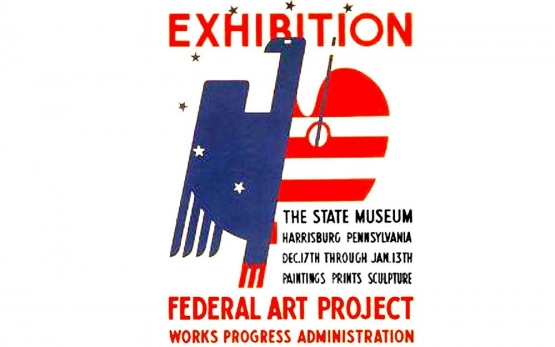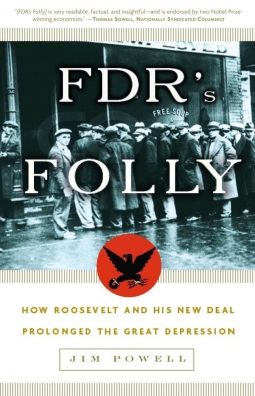 In the winter of 1938, when one of FDR's anointed Brain Trusters made an off-the-cuff remark that the Federal Government would "take over industry" if the economy did not turn around, it must have alarmed many of the industry captains and sent the stock market through the floor. It also moved the eccentric Bernarr MacFadden (1868 – 1955) to put a fresh ribbon in his typewriter and have at it:
"The present administration has made a ghastly failure of the business management of this government. It has increased the national indebtedness at the rate of five to ten million dollars every day. It has added more than twenty thousand million dollars to our national debt, and it probably has twenty million or more of our citizens on the dole, or in charity jobs, which is the dole in another form." "It is illuminating to realize that more persons are receiving relief in the United States than there are individuals in such well-known countries as Romania (18,000,000), Mexico (16,500,000), Czechoslovakia (14,800,000) and Yugoslavia (14,000,000); over twice as many as Belgium (8,000,000) and Holland (7,920,000); about three times as many as in Sweden (6,140,000) and to cut theses comparisons short - almost seven times as many in all of Norway (2,800,000)... Clearly, it is not in the least inaccurate to speak of the relief population of the United States as a great nation within a nation... Women and children comprise as much as two thirds of the relief population." "If President Roosevelt were a Caliph in ancient Baghdad, he would disguise himself as a Congressman and wander about the country asking the man at the filling station, the hitch-hiker, the farmer and his wife, the local chairlady of a woman's club - he would ask them what they thought of FDR, the NRA, [General] Hugh Johnson, Brain Trusters, Jim Farley and the entire set-up in Washington... He would be startled. Mr Roosevelt is growing exceedingly unpopular - not so much the President himself as his Administration."
More about New Deal problems can be read here...
Many of the back-handed dealings that would be addressed in John Steinbeck's 1939 novel, The Grapes of Wrath are illustrated in the attached photo-essay titled, "Slavery in America". This article is about the cruel world of the Deep South that existed in the Twenties and Thirties. It was an agrarian fiefdom where generations of White planters and factory owners practiced the most un-American system of exploitation and feudalism that developed and was perpetuated from the chaos wrought by the Civil War and Reconstruction. It was a nasty place where the working people of both races labored under conditions of peonage and bone-crushing poverty with no hope in sight.
Click here to read more about the American South during the Great Depression.
When FDR's first term reached the half-way mark the editor of New Outlook, Francis Walton, sat down at his typewriter and summarized the new president's record:
- from Amazon:

"It is a record of action - mostly ill-considered. It is a record of astounding failures. It is a record of abandoned experiments smilingly excused and apologized for by their perpetrator even before they were undertaken... It is a record against which natural recovery is waging a super-human struggle to reach us." In this article, Dorothy Dunbar Bromley (1896 – 1986) addressed one of the preeminent issue of her day: the rapidly decreasing salaries of the American worker:
"If we are fatuous optimists, it is because we have only the vaguest idea of how appalling the situation is. We have read a great deal about the return of of the garment sweatshop of fifty years ago, with the same abominable conditions and the same exploitation of women and children for a few cents an hour, or for no pay at all..."
More on this exploitation can be read here... |
MORE ARTICLES >>> PAGE: * 1 * 2 * 3 * 4 * 5 * 6 * 7 * 8 * 9 * 10 * 11 * 12 * 13 * 14 * 15 * > NEXT |
|